Series #2
by Jess Erdman, Content Marketing LeadJanuary 2022

Fashion tech had a breakout year in 2021, with investment activity surpassing 2020. While the early days of the pandemic slowed ecommerce sales, the industry learned to adjust, leaning on tech as an opportunity to re-engage consumers.
The world is moving fast–and to catch up, larger companies are urgently looking for technology to stay ahead of competitors.
All eyes are on fashion tech, with brands looking to use acquisitions as a way to obtain advanced tech knowledge without building from scratch. Without a doubt, 2021 represented a beacon of light in a previously dark time for the fashion tech and ecommerce industries. As brands continue to embrace technology such as AI-powered personalization, visual search, digital clothing, and NFTs, new opportunities are emerging.
The 2021 customer was more sophisticated than ever, demanding more from retailers in order to keep her attention. With shoppers choosing their purchases more carefully, retailers needed a way to prove their value.
Investment activity in 2021 was a clear indicator of the industry’s shifting value towards digital opportunities, with a particular focus on acquiring new technologies that could curate a unique digital experience.
In this news roundup, we’ll go over:
-The role of digital clothing in a changing industry
-Visual search updates
-Hyper-personalization investment activity
-Changing consumer perspectives on sustainability
-The key takeaways for 2022
One of the biggest opportunities in 2021 was digital clothing, as both legacy luxury brands and new digital-only brands created non-physical clothing. In a very limiting year, there was no limit to creativity for designers and brands in the metaverse.
With 70% of US consumers rating their digital identity as important, digital clothing represented a brand new channel and medium for clothing. Digital experiences proved to be a way for brands to stay top-of-mind for consumers.
RTFKT, a clothing brand that specializes in digital sneakers and virtual accessories, was acquired by Nike, hinting that the fashion industry is seeing value in digital clothing.
The Metaverse:
And of course, the metaverse and digital clothing go hand-in-hand. It was hard to open a newspaper without seeing the word “metaverses” and the retail industry fully embraced the new digital frontier.
Digital Village, a social metaverse for ecommerce, secured funding, proving that the metaverse can be a new channel for showing off and selling digital fashion.
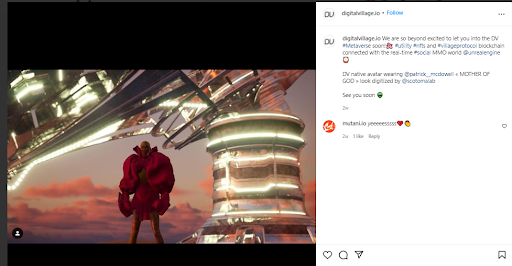
Visual search went from “nice-to-have” to a clear way to provide value to shoppers, who spent more time than ever online, but continued to experience frustration when searching for clothing.
By 2021, retailers became aware of the importance of seamless search experiences, with search and navigation consistently ranked as the most important attribute of the eCommerce experience.
Retailers began to play around with camera search before 2021. With camera search, shoppers can upload an image of clothing, and artificial intelligence finds similar results from retailers’ products.
But, in 2021, visual search stepped up, becoming more advanced and proving its value to retailers. The next evolution of camera search was visual interface search–an intuitive, interactive way to look for products. Instead of uploading an image, users can select their desired attributes on a virtual mannequin and receive relevant, accurate search results.
Contact us for a free consultation on visual search
More uses cases for visual search emerged:
Visual interface helped to engage shoppers who were online more than ever in 2021. And, more use cases emerged as retailers began integrating visual search into their product discovery.
YesPlz AI visual search helped resolve two problems for retailers in 2021:
1) Current search navigation wasn’t meeting customer and retailer needs
2) Product updates and tagging were taking hours
This was particularly important, as more shoppers than ever looked to online stores to provide ways to better discover products.
The YesPlz Style Filter made its debut in 2021 for Kolon Mall and Lately, two large Korean retailers, who were struggling to find ways to engage customers.
The Style Filter filled gaps where text search fell short–instead of attempting multiple keyword combinations and receiving inaccurate search results, shoppers simply demonstrated their preferred styles on a virtual mannequin, and fashion-trained AI found relevant products.
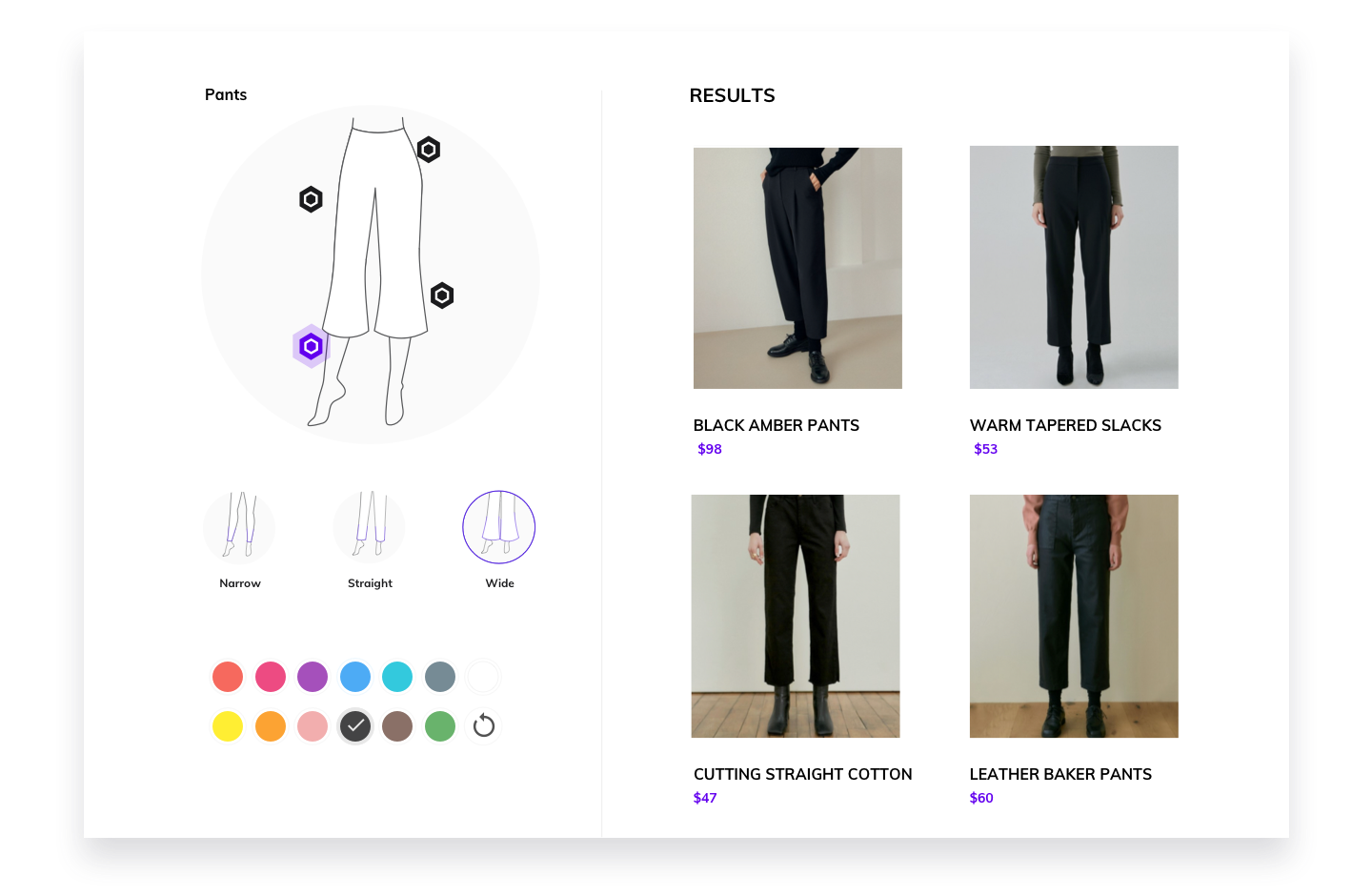
Donde Search, a SaaS platform that extracts visual attributes from product images, was acquired by Shopify, signaling a move towards visual product discovery for the industry as a whole.
The shift to a visual search-first landscape will happen gradually, then all at once, making it easy for retailers to miss the early warning signs.
Don’t get left behind when the shift happens.
Schedule a conversation to learn about visual search for your ecommerce
Another theme of 2021 was the race for hyper-personalization tools. Retailers realized the value in personalization–and that acquiring these advanced tech tools was far easier than the impossible task of developing in-house.
For tech providers, the question was: who can provide better, faster tools more seamlessly? Having a tech tool simply wasn’t enough–hyper-personalization tools needed to be efficient and easily integrated into legacy systems.
Better understanding customer profiles, preferences, and buying patterns also helped retailers to alleviate surging costs from supply chain problems. By better understanding customer behavior, retailers could better predict buying patterns, making ordering more efficient to offset unpredictable supply chains.
Virtual try-on startup Drapr was acquired by the Gap, signaling that shoppers want more visually engaging tools. And, the acquisition was also a sign that legacy brands are trying to differentiate themselves with creative uses of technology, in a crowded and competitive retail landscape.
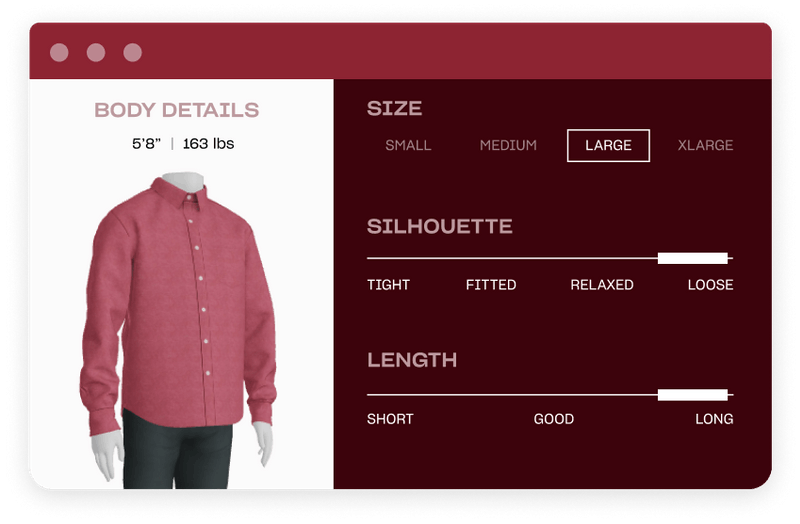
In the area of hyper-personalization in fashion tech, we’re seeing these major trends:
1- More visually enabled personalization tools to “wow” customers
2- Technology crossovers (AR and AI; AI and data analytics; 3D and AI) to create high-powered tools
3- Personalization from start-to-finish throughout the user journey. Whether a user is just exploring or has a specific fit in mind, these tools are being integrated in every step.
The increased attention to virtual try-on startups also indicates that brands are listening to what shoppers want: specific types of silhouettes and clothing that fits their preferences.
At YesPlz AI, our tools allow shoppers to filter by fit and silhouette. Our research has shown that shoppers prefer search that is both visual and focused on silhouette.
The combination of technology and sustainability came into the spotlight in 2021, with secondhand fashion platforms rising to success. Consumers purchased less during the pandemic and intend to continue the pattern of consuming less, by mending clothing, shopping less frequently, and purchasing from secondhand stores.
This change in attitude was driven by new values that emerged during the pandemic. Consumers, living on reduced income, wanted to make purchases that felt meaningful and did their research before purchasing.
Secondhand shopping was previously associated with going to a local thrift store and sifting through old clothing–but with the addition of technology, secondhand clothing platforms rose to popularity in 2021.
Learn more about the fashion trends that dominated during the pandemic in our interview with fashion trend expert, Agnes Kubiak, here.
Etsy acquired secondhand clothing platform, Depop, in a move that shows the shift towards secondhand clothing.
We expect to see sustainability trends continue to develop, as new technologies are beginning to develop to meet shopper demands for secondhand clothing.
2021 was a breakout year for the fashion and tech ecommerce scene, as new technologies emerged and legacy brands began to incorporate new technology to keep up with more agile ecommerce platforms. Brands such as Gucci tried to prove their worth to customers by trying out new technologies in the metaverse and digital clothing.
By the end of 2021, we saw 3 major themes in fashion tech and ecommerce news:
1- Legacy brands rapidly incorporated new technology such as visual search and personalization to stay fresh
2- Digital clothing and NFTs offered luxury brands a new way to curate a shopping experience without physical stores
3-Major retailers, ecommerce platforms, and new brands competed for shoppers’ attention, integrating new technology as a way to differentiate themselves in an overly crowded space
Throughout the pandemic, shoppers were thrust forward into a digital-first world–and we’re seeing the effects of that transformation in the fashion and tech ecommerce scene.
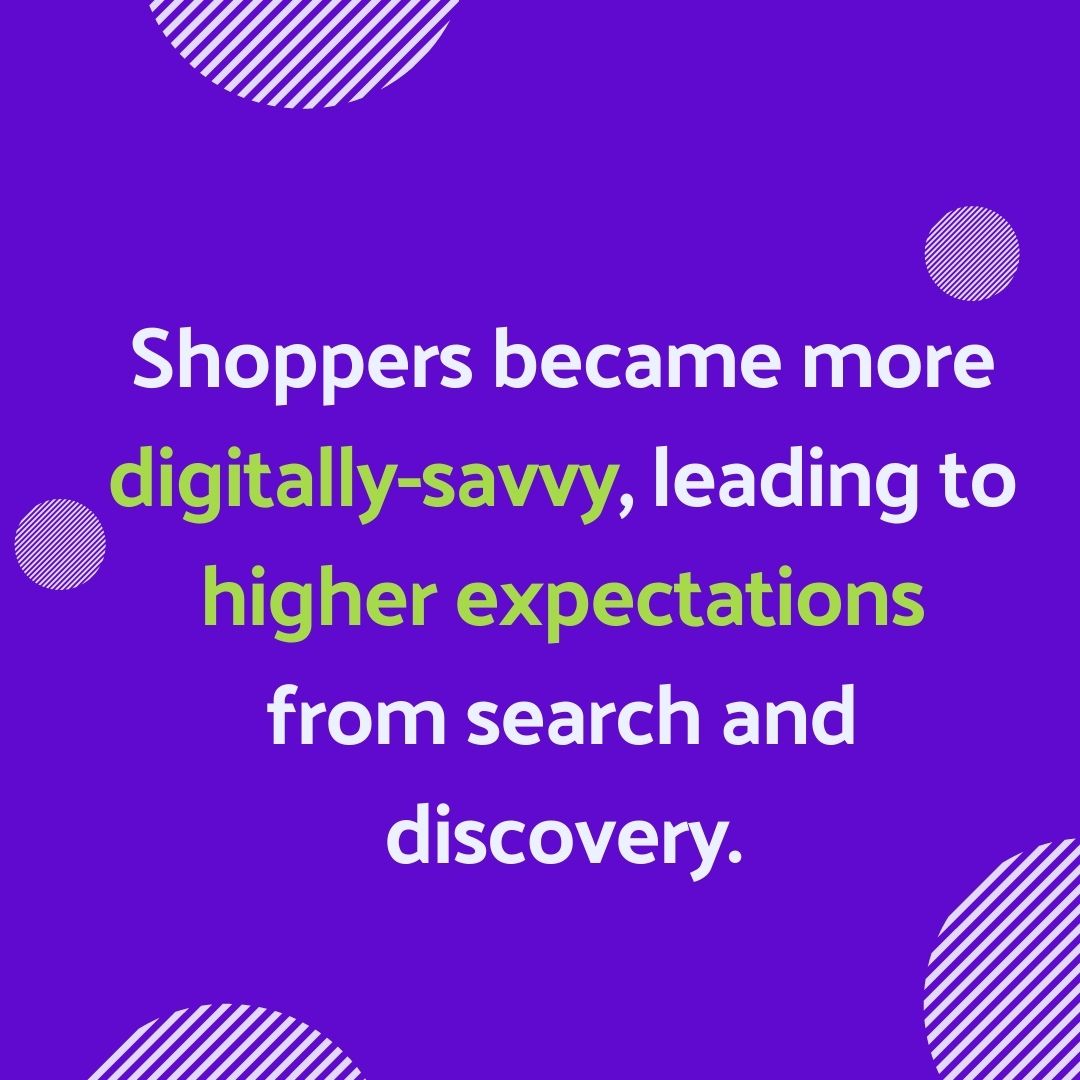
Looking to stay up-to-date on the latest fashion tech news?
Written by Jess Erdman
Content Marketing Lead
I'm passionate about creating cool content. The best part? I get to learn new things about fashion tech and ecommerce everyday. Have an idea or opinion about this article? Reach out at jess@yesplz.ai

Still tagging products manually? It requires over 83 hours for 1,000 items. Meanwhile, AI image tagging does the task in minutes. Discover how it works.
by YesPlz.AI
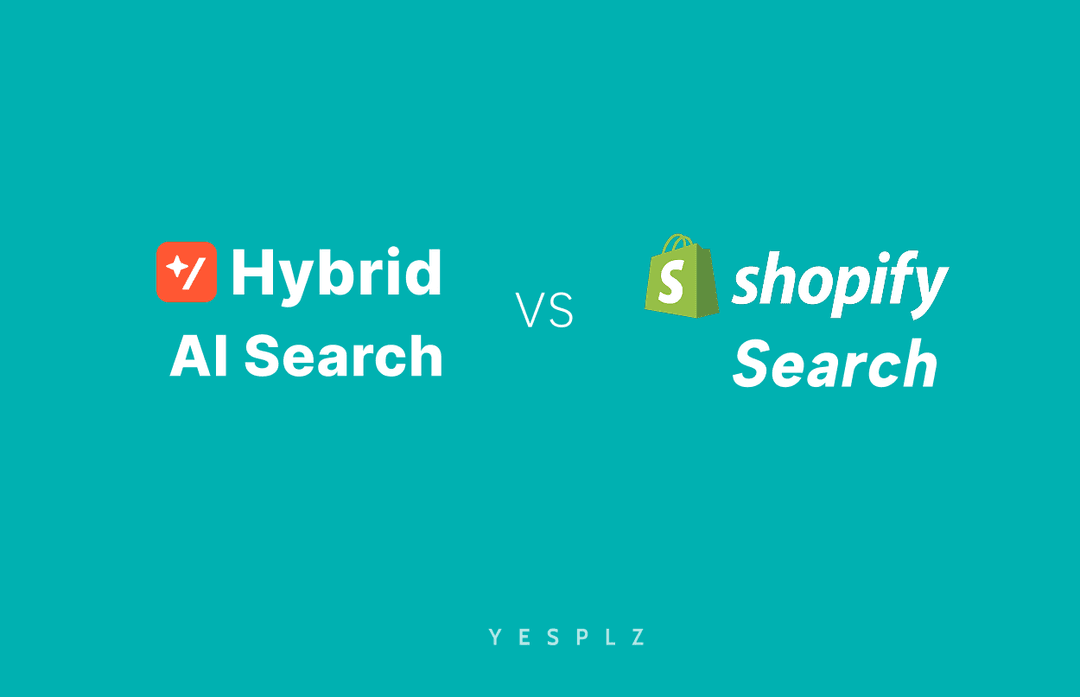
Compare Shopify search vs. AI-powered search for fashion retail. Discover which drives more revenue through better product discovery and trend awareness.
by YesPlz.AI